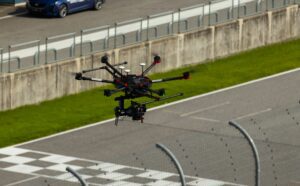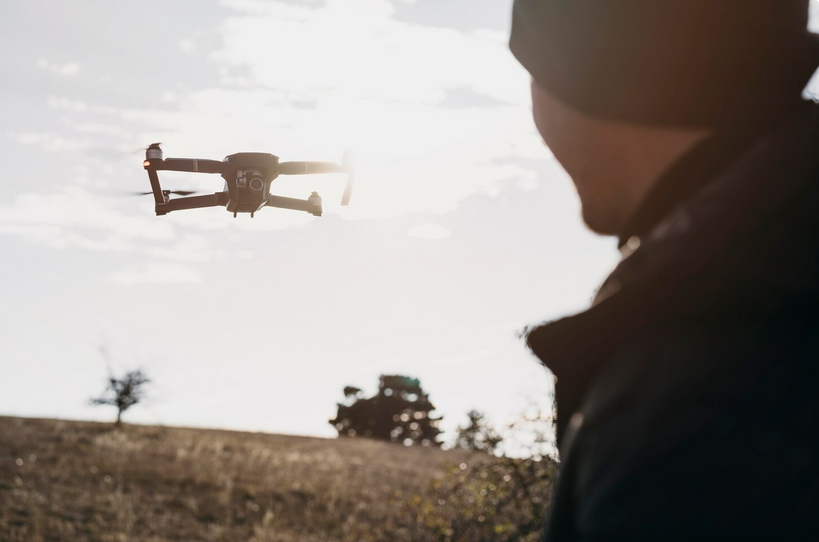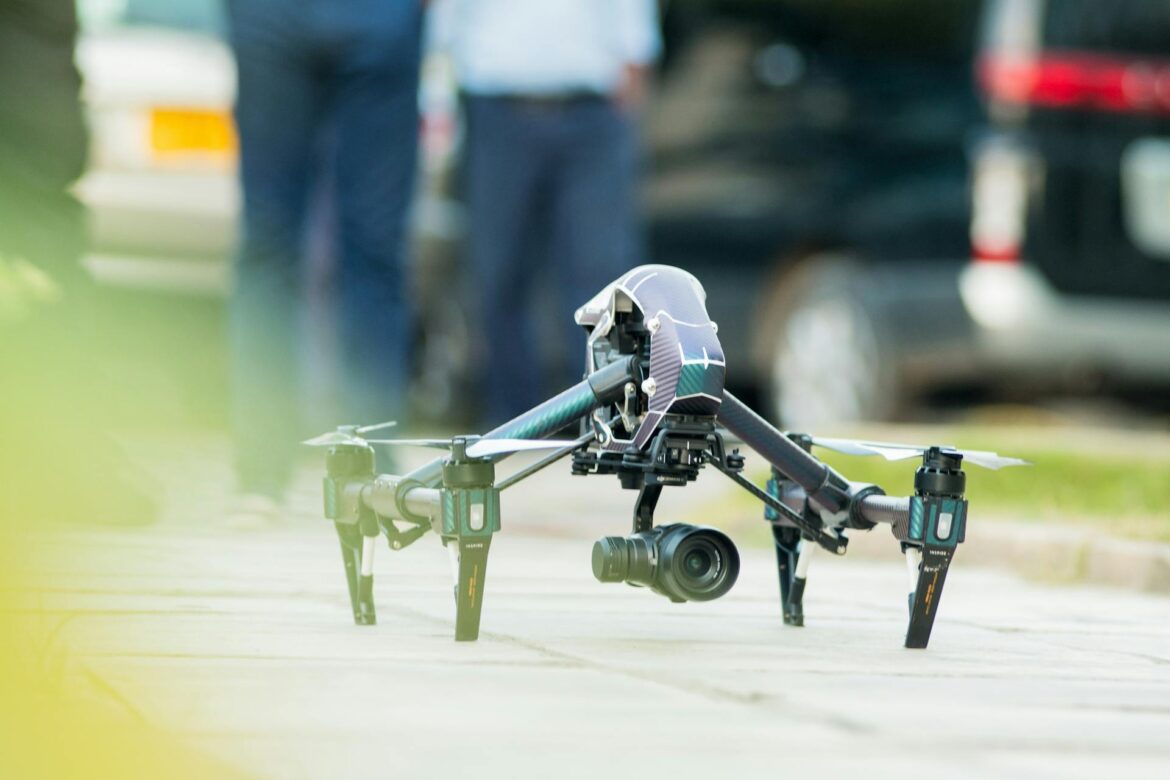Sports and entertainment are constantly evolving, and one of the most thrilling innovations of recent years is drone racing. What started as a niche hobby among tech enthusiasts has now grown into a global high-tech sport that attracts professional pilots, corporate sponsors, and millions of fans. Drone racing combines cutting-edge technology, fast reflexes, and competitive spirit, making it one of the most exciting emerging sports in the modern era.
What Is Drone Racing?
 Drone racing involves pilots controlling small, high-speed drones equipped with cameras that transmit live video to goggles worn by the racers. This creates a first-person-view (FPV) experience, allowing pilots to navigate complex courses at speeds exceeding 100 miles per hour. The immersive nature of FPV makes the sport feel like a real-life video game, where quick thinking and precision control are essential. Courses are designed with obstacles, sharp turns, and tight passages, challenging even the most skilled pilots. This blend of physical skill and advanced technology sets drone racing apart from traditional sports.
Drone racing involves pilots controlling small, high-speed drones equipped with cameras that transmit live video to goggles worn by the racers. This creates a first-person-view (FPV) experience, allowing pilots to navigate complex courses at speeds exceeding 100 miles per hour. The immersive nature of FPV makes the sport feel like a real-life video game, where quick thinking and precision control are essential. Courses are designed with obstacles, sharp turns, and tight passages, challenging even the most skilled pilots. This blend of physical skill and advanced technology sets drone racing apart from traditional sports.
Technology Behind the Sport
The heart of drone racing lies in its technology. Racing drones are highly customized machines built for speed, agility, and endurance. Unlike consumer drones designed for photography, racing drones are lightweight, aerodynamic, and capable of rapid acceleration. FPV goggles, advanced transmitters, and high-definition cameras create an immersive experience for pilots and spectators alike. Innovations such as low-latency video feeds and real-time telemetry data have also improved the sport’s competitiveness and entertainment value. Additionally, software is increasingly playing a role in drone racing. Simulation platforms allow new pilots to practice virtually before entering live races, making the sport more accessible to beginners.
The Rise of Professional Leagues
Drone racing has quickly moved from backyards to global arenas. The Drone Racing League (DRL) is among the most recognized organizations, hosting professional races broadcast on major sports networks. These events feature futuristic tracks, neon-lit environments, and world-class pilots, giving the sport a visually stunning appeal. Sponsorships from tech companies and brands have further fueled the industry, turning drone racing into a professional career path for skilled pilots. Prize pools are growing, and international tournaments are drawing competitors from all over the world.
Appeal to a New Generation of Fans

Drone racing resonates strongly with younger audiences who are drawn to technology-driven sports and immersive experiences. The fusion of eSports-style competition with physical skill appeals to fans of both gaming and athletics. The fast-paced, visually engaging nature of drone races also makes them ideal for online streaming platforms, broadening their reach to global audiences.
Challenges and Future Prospects
Despite its rapid rise, drone racing faces challenges. The cost of equipment can be a barrier for newcomers, and regulations around drone use vary widely by region. Safety concerns also mean that races must be carefully managed to prevent accidents. However, the sport’s future looks promising. Advancements in drone technology, battery life, and safety protocols are making the races more exciting and accessible. With growing media exposure and sponsorship, drone racing is likely to become a mainstream high-tech sport in the coming years.
Drone racing is more than just a hobby; it is a futuristic sport blending speed, skill, and advanced technology. From local competitions to international leagues, it is rapidly gaining recognition as one of the most innovative sports of our time. With continued growth in technology and fan engagement, drone racing is set to solidify its place as the ultimate high-tech sport for thrill-seekers and technology enthusiasts alike.…

